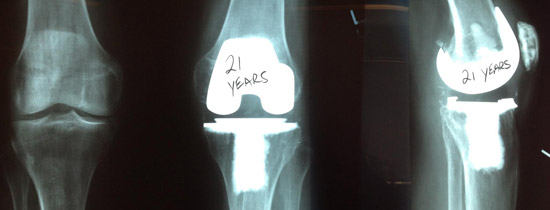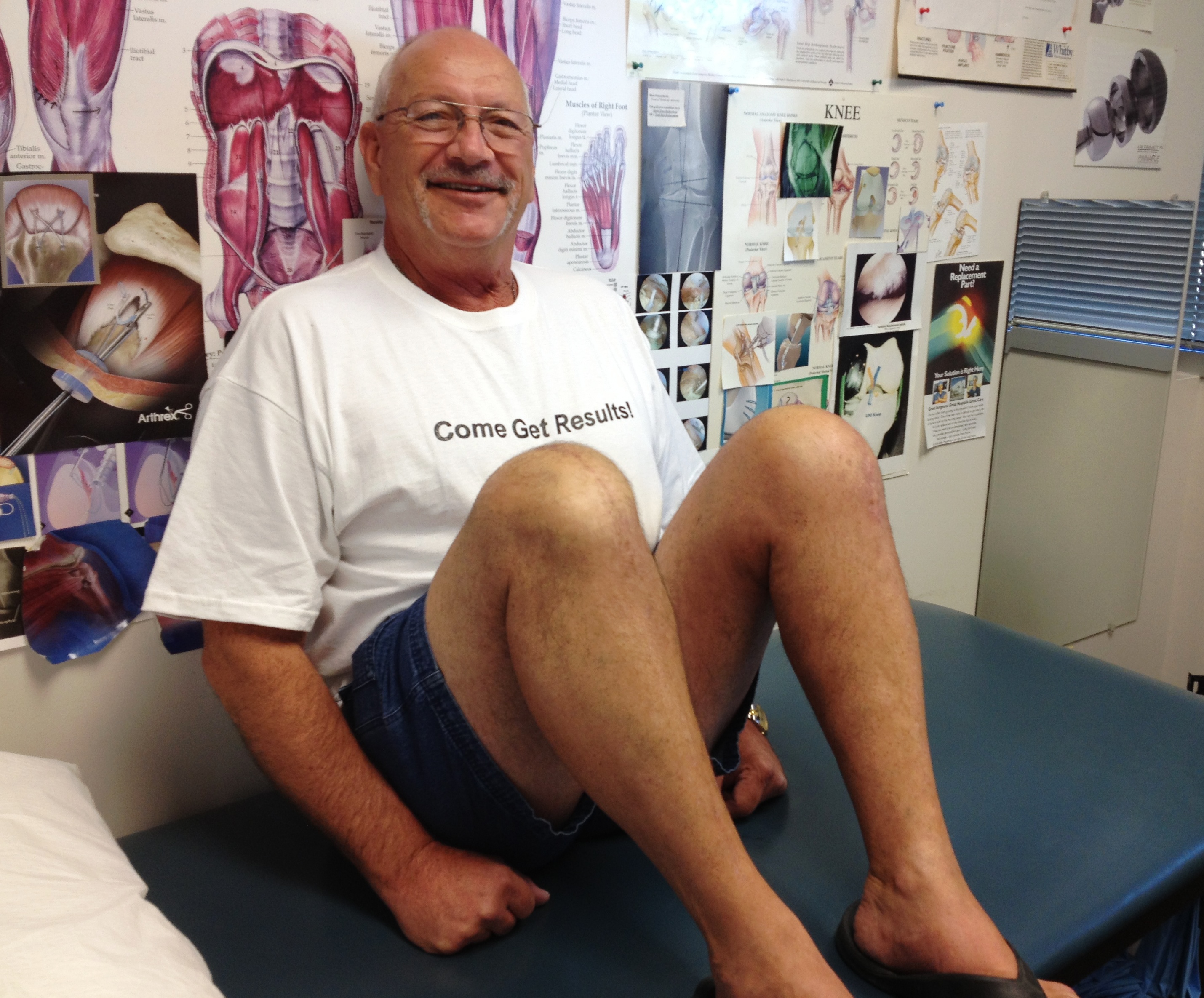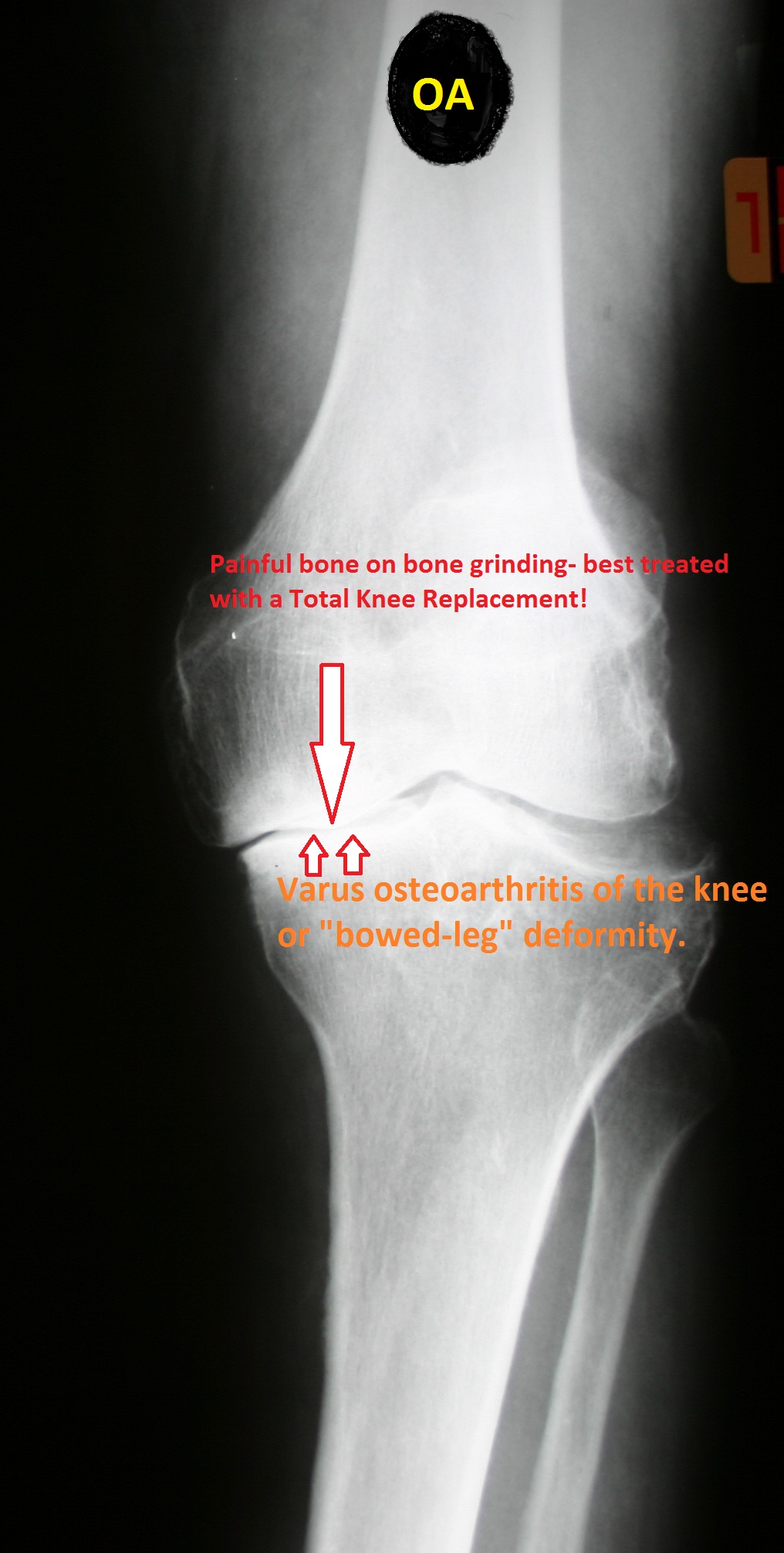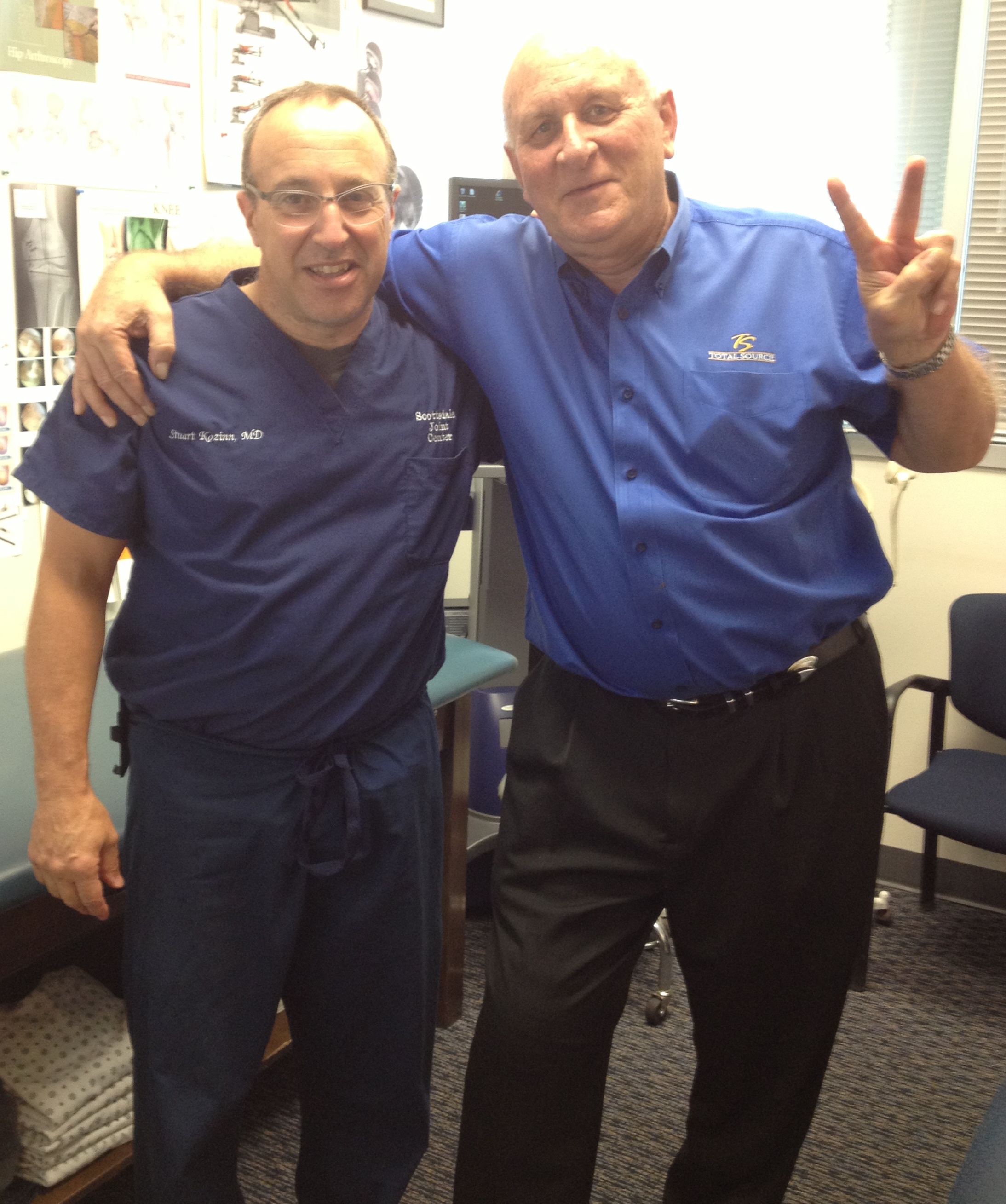Stem Cell Treatment for Osteoarthritis?
There has been a lot of media attention to the use, and potential use of mesenchymal stem cells (MSC’s) in the treatment of osteoarthritic joints. Unfortunately, the science in this area is in its infancy, and there is not much available in the form of good data to evaluate the results of treatment. it is important to understand that the FDA has NOT approved human stem cells as a treatment for arthritis, even if they are your own blood cells injected in your own joint. Many patients will gravitate to “natural” or holistic treatments, particularly when you compare the option of a Total Knee Replacement ( which is un-natural but as good as it gets right now!)
What are stem cells?
Stem cells exist in our bodies throughout our lifetimes. They are usually harvested from the pelvis bones (Iliac Crest) as bone marrow cells. Interestingly, we have been using human stem cells to treat cancer patients for many years in the form of “Bone Marrow Transplants”. In this situation a genetic “HLA antigen match” from a donor can be injected into the blood stream of a cancer patient who has had his own bone marrow destroyed by radiation or chemicals. The mesenchymal stem cells have the ability to repopulate the marrow and regenerate normal blood elements. In some cases, the patient’s own marrow cells can be extracted, filtered, frozen and stored, until the patient has completed an aggressive treatment of cancer cells in the body. At that point the cells are defrosted and re-injected into the patient. The advantage of your own cells is less chance of negative tissue reaction. The disadvantage is it is possible to re-inject some live cancer cells which could have gotten into the marrow before it was extracted.
Some researchers are extracting MSC’s from fatty tissue removed at the time of a liposuction procedure. Cells can be concentrated by filtration and centrifugation, or they can be cultured in a medium rich in nutrients where they can multiply and be injected in higher numbers. One concern of tissue culture might be that a cell could mutate during rapid growth and form another cancer. This is an exciting new field of medicine, but unfortunately, some possibly unethical “physicians” are charging lots of money for a procedure which has little proof that it actually works.
How is the MSC (stem cell) treatment done for osteoarthritis?
I repeat, this is not FDA approved, and we do not do this procedure here at the Scottsdale Joint Center. In its simplest form, a physician can extract bone marrow cells during an office procedure with a local anesthetic from the iliac crest bone, which is the most superficial portion of the pelvis bones above the area of the hips. Bone marrow biopsies are routinely done for all kinds of patients suspected of having cancer. Blood cancers, such as lymphomas, and leukemias, would be most expected to involve the bone marrow. (Early stage solid tumors often have NOT metastasized yet to the marrow at the time of cancer diagnosis. ) Since we are talking about benign osteoarthritis patients, there is little fear of re-injecting cancer cells. If enough marrow can be extracted, then it can simply be filtered and spun down in a centrifuge to concentrate the cells for injection. It is widely known that injection of ANY liquid into the knee joint for instance can have a positive effect on knee pain. Since there is friction in an arthritic joint, even injection of water often helps decrease pain. As orthopedic surgeons, we are very familiar with the benefits of just “washing out” a knee joint during arthroscopy. Copious amounts of saline water inflow and outflow will wash away inflammatory molecules and small particles of cartilage and bone debris that have collected over years in an arthritic joint. Common “cortisone” or steroid shots into the knee also make it feel better by decreasing the effects of inflammatory particles in the knee. Recently, hyaluronic acid liquids (gel) have gained popularity as another way to lubricate an arthritic knee and relieve pain. None of these injections gives a permanent beneficial effect. It is not surprising then to see that injection of the patients own marrow cells in a liquid plasma suspension would give some relief as a lubricant and possibly anti-inflammatory. There are undoubtedly other unknown tissue factors in the marrow fluid portion which can mediate anti-inflammatory benefits. In fact, some “doctors’ are focusing on injections of the plasma portion of peripheral blood, instead of stem cells, because they believe it is the protein and tissue “factors” that provide the pain relief, not regrowth of new cartilage cells. ( read our new article on PRP treatments coming to our website soon!) . So the stem cell “doctor” would inject the patient’s own cells back directly into the patients knee or hip. This is a simple injection in the office and does not require anything other than a local anesthetic.
Patients like it because it is fast and easy, with a low risk of complications using their own cells. There is a risk of infection however, as the cells must be handled with strict sterile technique.
Human tissue culture to magnify and concentrate cells are less common, and they produce additional fears of the generation of tumor cells, that may mutate in a high growth environment such as artificial tissue culture.
So What are the results of stem cell treatment for osteoarthritis?
In a word “unknown ! At best they are equivocal. Very few blinded scientific studies are available in humans. There is a high “placebo” effect in the short term, and any fluid in the knee tends to make it feel better for a while. There is a risk of infection whenever you handle cells outside of the body and re-inject them. Because the cells are from the patient’s own blood system, biological rejection would be very rare. One group of “doctors” mixes the stem cells with hyaluronic acid gel fluid ( like Hyalgan, or Synvisc ). However, this makes it very hard to tell if any positive effect is from the cells or the lubrication of the fluids. Even advocates of the procedure say they see “50% reduction of pain symptoms in 40% of treated patients”. I’m not sure how objective that is.
So, what is the bottom line on Stem Cell treatment for osteoarthritis?
The bottom line is- it is not FDA approved and there is no firm evidence that it will help. Total knee replacement is still the gold standard for obvious osteoarthritis of the knee and hip. This is an area for more study, and could yield promising results in the future. The hope is that we could re-grow cartilage in an arthritic knee. However, there are mechanical factors that may prevent this regrowth in may cases. the alignment of most arthritic knees has changed. This greatly increases the “pressure” or weight on the arthritic area. This will likely make it impossible to live tissue cells to survive during weight bearing!
I foresee patients being put on crutches “non-weight bearing” for many weeks in the hope that new cartilage cells will form. This is already being done with “cultured chondrocytes” , a treatment which is FDA approved, but which is expensive and has been met with mixed (mostly poor) results. Also these patients must have an isolated lesion ( like a small crater ) where the cells can be deposited and sewn into place under a membrane. osteoarthritic patients will have a more global loss of cartilage, and growing an entirely new cartilage surface is NOT possible at this time.
If you have moderate osteoarthritis, a number of injectables are available to lubricate the joint and possibly decrease “some” of the pain. Personally, I am a fan of simple steroid shots mixed with lidocaine anesthetic. I have had them in my own knee, and they tend to work for 4 to 8 weeks giving partial relief. often they will give you the time you need to strengthen muscles, lose weight , and decrease the offending activities that increase the pain (like frequent squatting!). While we do inject the hyaluranic acid fluids in patients who request them, I am not a big fan. I have not seen good lasting results in most patients. they are expensive and painful injections. The big pharmaceutical companies have made billions of dollars charging on average $200 per syringe, and recommending 3 to 5 injections per knee! I am fearful of allergic reactions in some people, as the proteins in many of the fluids are derived from farm animals (roosters!). Repeat series of these injections are particularly prone to allergic reactions, and I will not do them in my office. Lastly, the orthopedic literature has concluded that they do NOT result in lasting symptom relief when compared to sham injections of saline or other fluids.
Conclusion:
Stem cells are NOT ready as a major treatment modality for osteoarthritis yet. You should seek traditional care for your arthritis from an orthopedic surgeon or rheumatologist. Knee replacement surgery, while quite invasive, does work in over 95% of appropriately screened patients with arthritis!
Stuart C. Kozinn MD
Medical Director / Scottsdale Joint Center
www.ScottsdaleJointCenter.com
www.Facebook.com/ScottsdaleJointCenter













